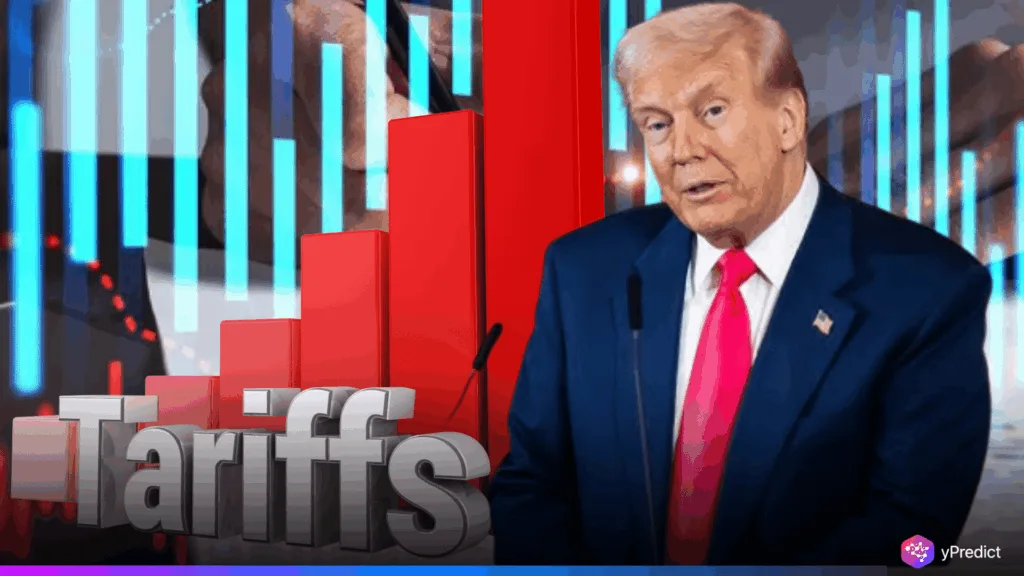
The United States has launched a powerful Trump tariff probe into furniture imports. His goal is to bring back homegrown manufacturing in states like Michigan and North Carolina in less than 50 days. In addition, 60% of the US’s $25.5 billion in furniture imports in 2024 came from China and Vietnam.
Consequently, this action may affect the demand for the dollar as it occurs amid rising trade tensions. It will also affect other currencies on the forex market that are susceptible to trade. Moreover, high-level discussions with China and India complicate the situation.
Trump Tariff Push Sparks Change In Furniture Trade
The Section 232 furniture tariff investigation’s goal is to justify new duties using national security arguments. The stocks of import-heavy retailers like Wayfair, RH, and Williams-Sonoma fell 6% to 7% after-hours trading. However, La-Z-Boy’s value increased by nearly 2.5 percent, indicating that investors responded favorably to the reshoring benefits. The Commerce Department reports that prior tariffs have already caused a 0.7% increase in home furnishings.
Trade Tensions Rise As Talks With Asia Intensify
The investigation intensifies trade tensions with China and Vietnam. This is because they currently provide more than half of the furniture that is imported into the US. India continues to engage in diplomatic relations while settling its own tariff disputes.
The forex market is becoming more volatile as a result of investors reevaluating currency flows due to policy changes. As a result, central bank commentary and hedge activity are increasing.
Will Trump Tariff Shape the Future Forex Landscape?
Tariffs put pressure on the dollar and have an impact on forex pairs like USD/VND and USD/INR. Moreover, it exacerbates capital flows and trade imbalances. Participants in the forex market may demand more hedging and make sharper moves as a result of protectionist policies and reshoring dynamics.
Can Global Trade Survive the Impact of Tariffs?
The Trump tariff campaign is forcing changes to production schedules, global supply chains, and currency exchange rates. Retail stocks that rely on imports are under pressure, while domestic manufacturers are favored by investors. Therefore, as capital shifts toward industries protected from global exposure, the forex market must adjust to these quick changes.
Growing trade tensions have the potential to shock markets even more. Diplomatic efforts with China and India could help calm the storm. However, unresolved disagreements might lead to the breakdown of larger trade. As reshoring plans encounter opposition worldwide, companies, investors, and currencies prepare for volatility for the time being.







